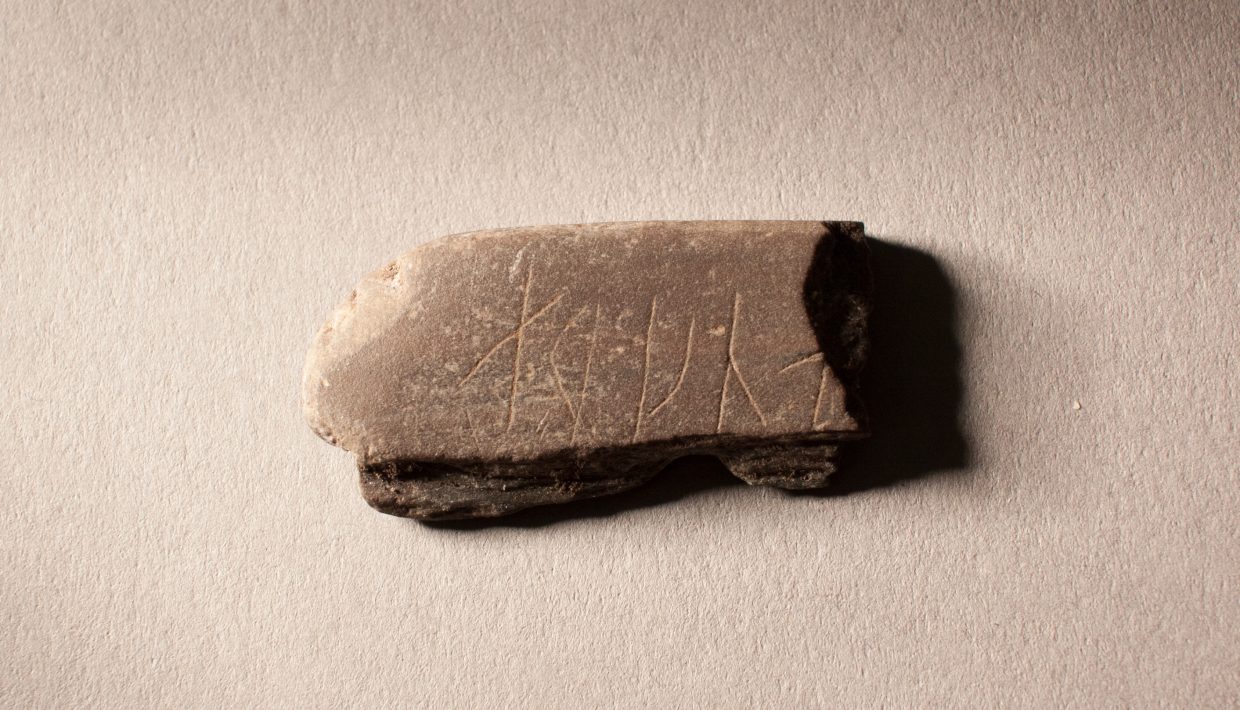
Mysterious runic inscription found on archaeological excavation in Oslo
Did archaeologists in Oslo recently stumble upon a discarded learning aid? The person who inscribed these runes was most likely still learning how to write.
The discovery of the small object has spurred big questions about how people in Medieval Oslo used written language – in this case, runes.
Rare whetstone
In October, an attentive archaeologist from the Norwegian Institute for Cultural Heritage Research (NIKU) picked up a tiny piece of polished slate from the medieval deposits, dating c 1050-1500.
– Finding runic inscriptions on an archaeological excavation is rare, and the rumor spread quickly among the other archaeologists, says Kristine Ødeby, archaeologist and field supervisor on the excavations in the old town.
The slate turned out to be part of a whetstone. It is unusual to find whetstones with runes, with only one from the Viking Age and Middle Ages found in Norway previously – in Bergen on Norway’s west coast.
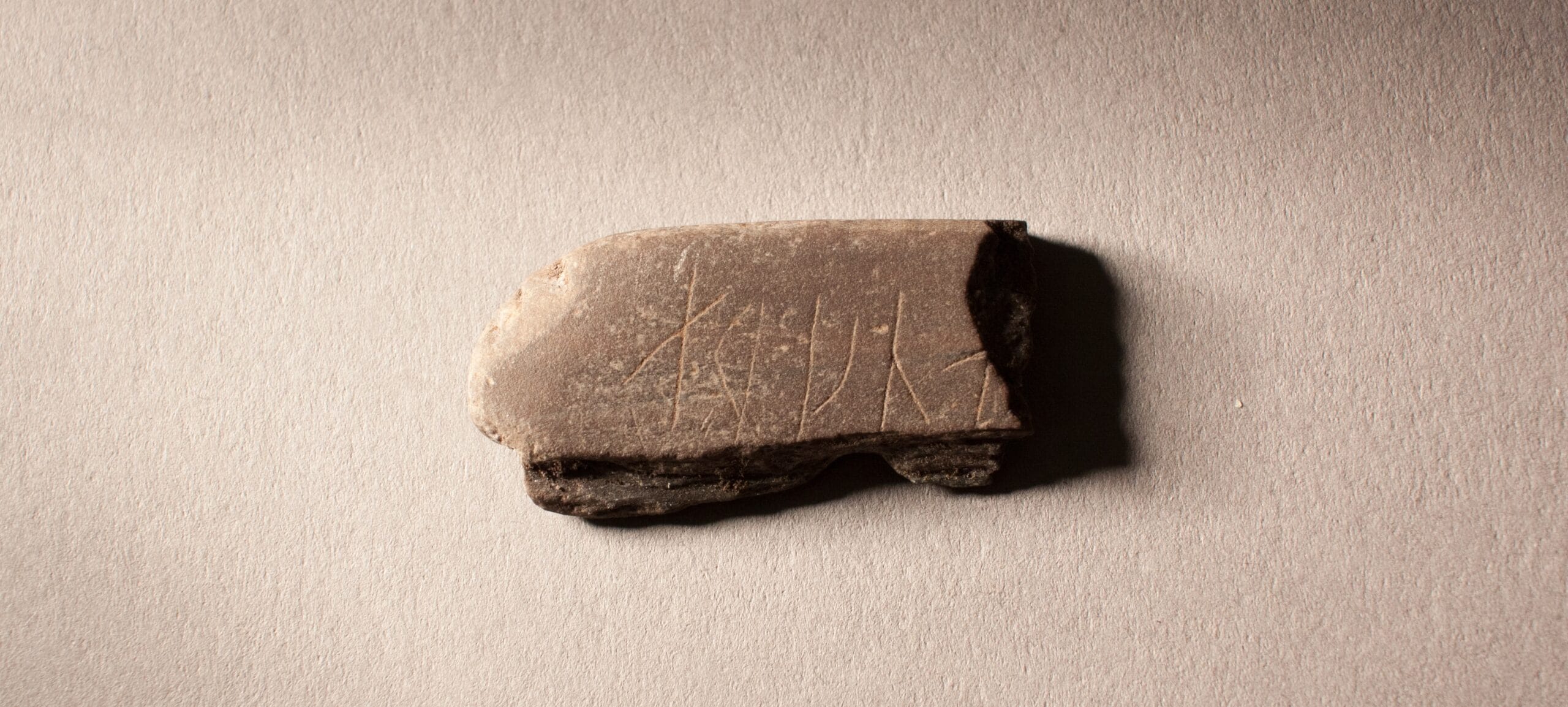
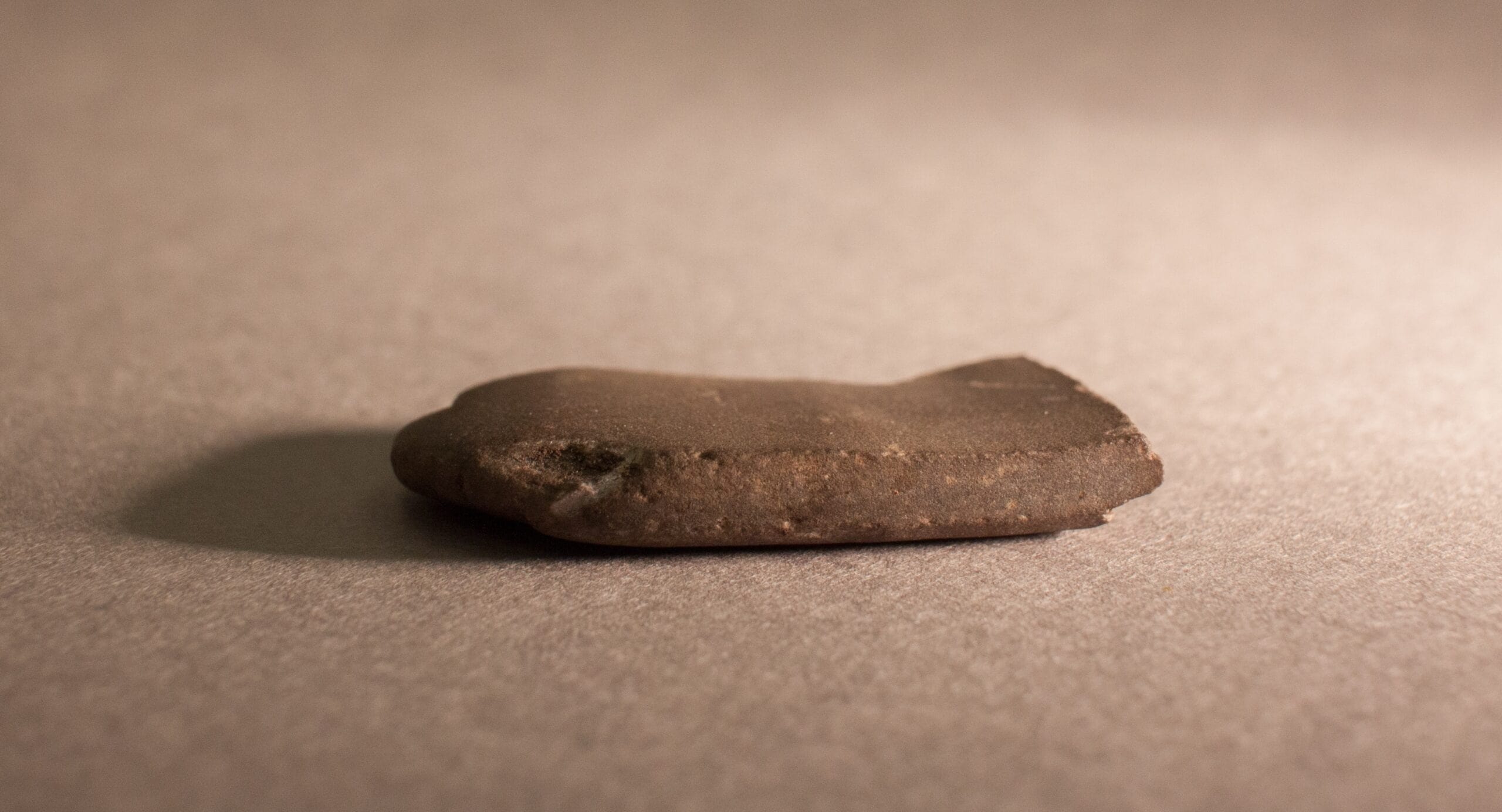
Hard to interpret
Some of the runes are difficult to identify, but it seems that the runes æ, r, k, n, a appear on the whetstone. But it is not easy to tell what they mean.
NIKU’s rune experts have come up with several possible interpretations, ranging from a person’s name to word to words like “scared” ugly “and” pain “.
– This is probably an unsuccessful attempt to write a name or another rather trivial inscription, but we can see that this is hardly a trained rune carver, says Karen Holmqvist, a Ph.D. fellow at NIKU and a specialist in runes.
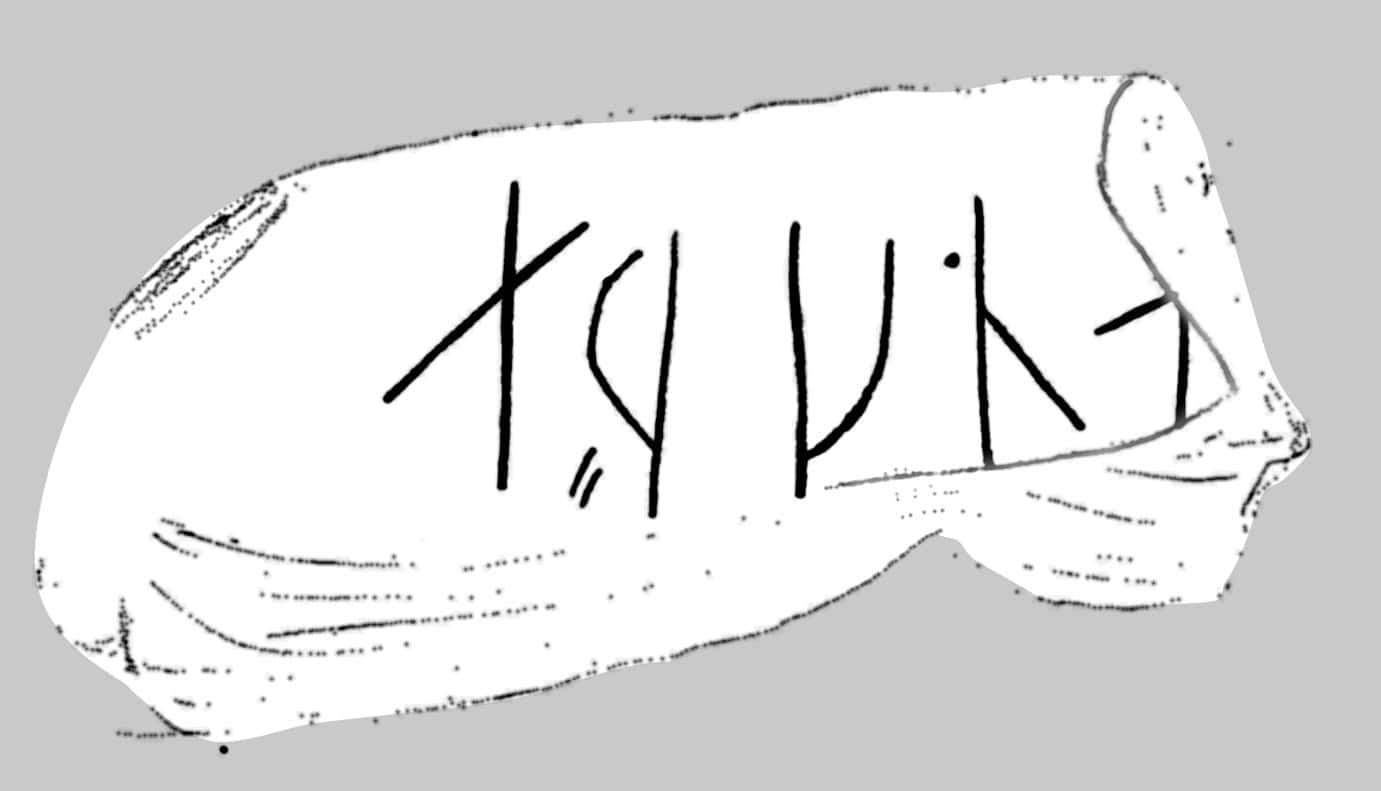
Is it simply an example of bad runic language?
The findings contribute to the perception that the art of runic writing was relatively widespread in medieval Norway. But many writers would probably find themselves in a borderland, where they knew about writing, but were not literate.
– It is perhaps not that strange that we find some strange spellings and some mirrored runes. Just think how you yourself wrote when you were learning to write, says Holmqvist.
The medieval person behind this whetstone inscription probably belonged to this group. They knew about the runes, but probably mixed them up a bit.
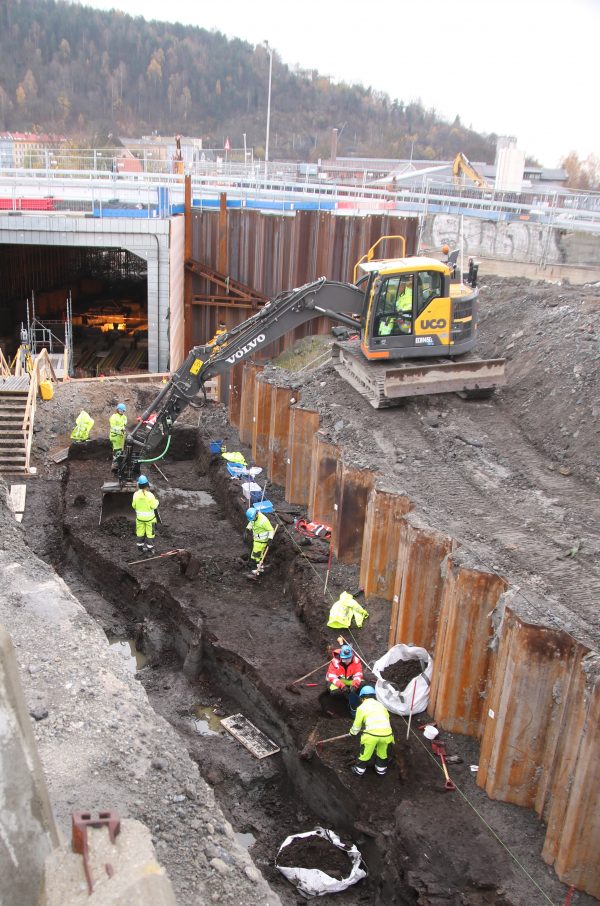
Asking the public for help
Ødeby and Holmqvist have written a blog (in Norwegian) about the runes with their interpretations and questions, and welcome other suggestions from the public.
– With so many possible interpretations, this is an exciting find for scholars, amateurs and storytellers alike, says Ødeby.
Read the blog post about the find here
For any further questions please get in touch with Thomas Wrigglesworth

